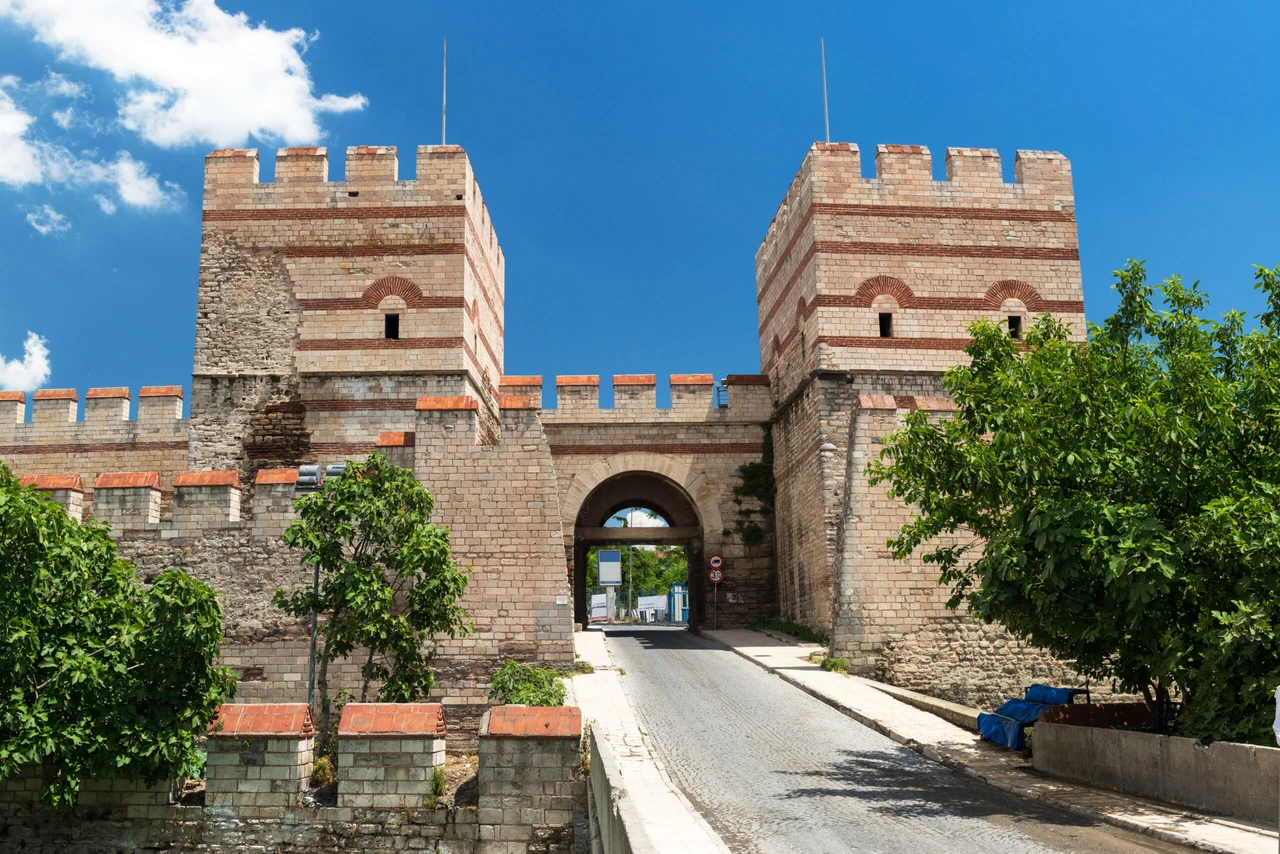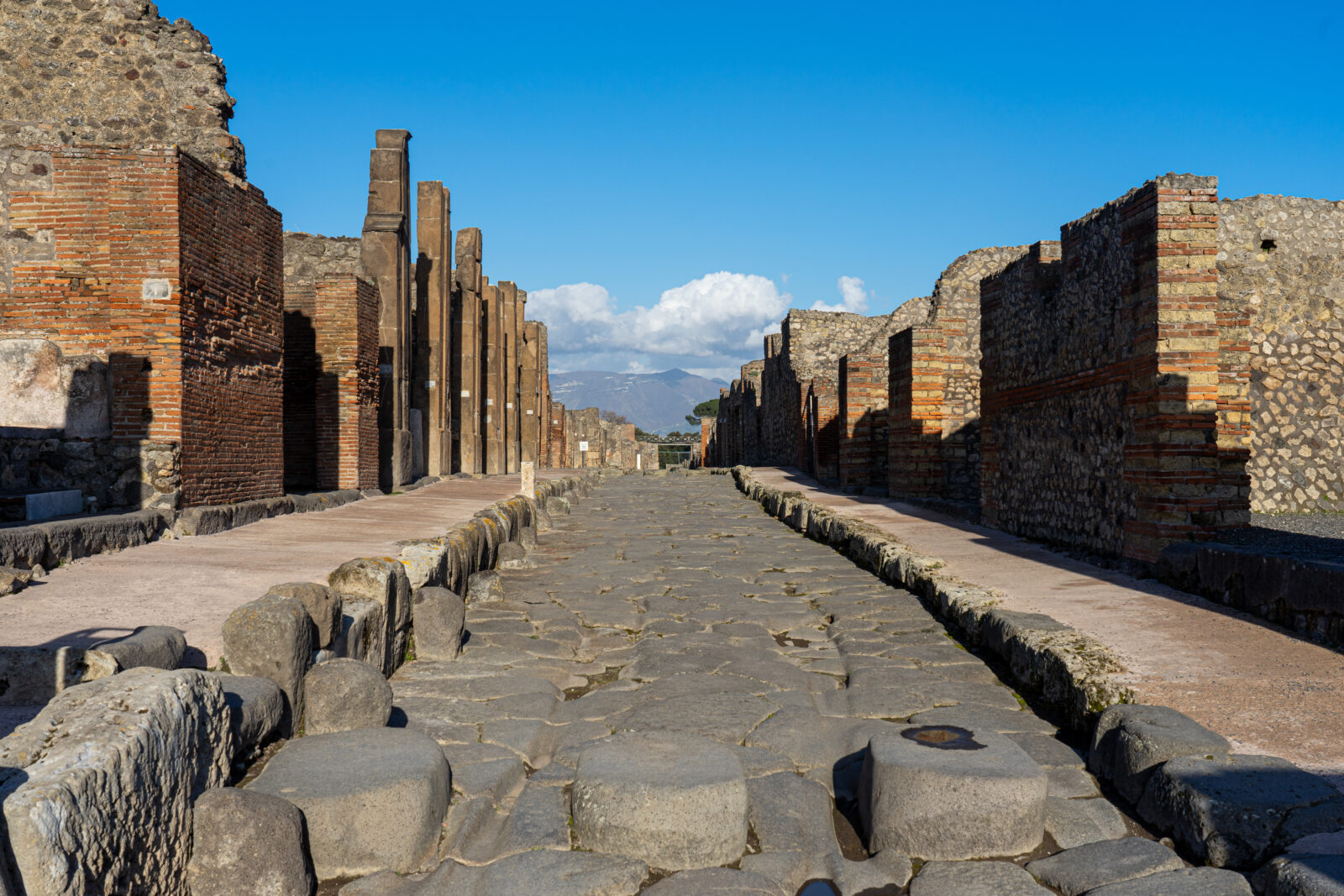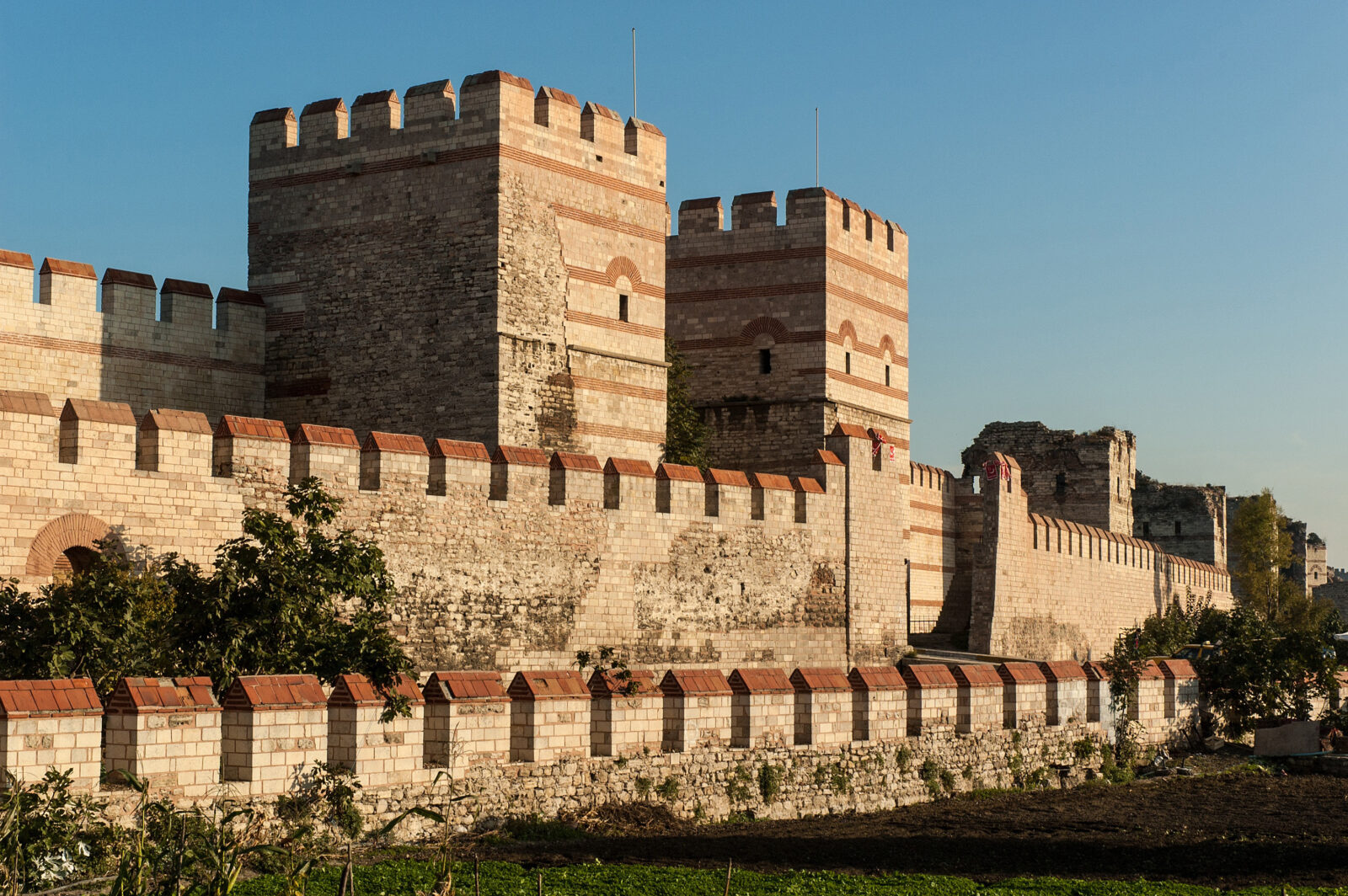Do ‘All roads lead to Rome’ or Istanbul?
 Famous ancient walls of Istanbul (Constantinople) built between 4th–5th centuries, Istanbul, Türkiye. (Adobe Stock Photo)
Famous ancient walls of Istanbul (Constantinople) built between 4th–5th centuries, Istanbul, Türkiye. (Adobe Stock Photo)
The phrase “All Roads Lead to Rome” has long symbolized the Roman Empire’s centralized power. It emphasizes how, during the peak of Roman dominance, key routes converged at the capital.
This phrase points to Rome’s significance as a hub for commerce, military activity, and cultural exchanges. Rome’s position at the heart of the ancient world allowed it to control territories through its road system, making governance more efficient.
Rome’s central role was supported by its impressive infrastructure. The roads connected distant lands and made movement across the empire smoother. Thus, the phrase reflects both Rome’s literal and metaphorical influence. The roads enabled the empire to expand and maintain control over vast territories.

Roman road network: Connecting the ancient world
The Roman Empire road network was an engineering marvel of its time. It connected various regions, facilitating trade, military movements, and cultural exchanges across the empire. Notable routes, such as the Via Appia and Via Egnatia, linked Rome to important cities throughout the Mediterranean region.
These roads were designed for durability and built with layers of stone and careful engineering. Roman engineers prioritized straight and efficient routes to allow quicker travel. The road system was key in creating unity across distant provinces. The Roman Empire road network allowed people, goods, and information to move freely, helping to make the empire prosperous.
The Roman roads played a crucial role in the empire’s expansion and cultural influence. Major cities like Athens and Alexandria were linked through these roads, ensuring the smooth movement of military forces and trade goods. The network also spread Roman culture, ideas, and customs more rapidly.

Istanbul as Nova Roma: New capital of Roman Empire
Rome’s status as the central hub of the empire shifted when Emperor Constantine established Byzantium as the new capital in 330 CE. Renamed Nova Roma, or “New Rome,” modern-day Istanbul became the heart of the Eastern Roman Empire. The phrase “Istanbul as Nova Roma” reflects this significant transition in the empire’s structure.
Constantine chose Byzantium for strategic reasons. Located at the crossroads of Europe and Asia, it was ideal for trade and military operations. By establishing the new capital, Constantine ensured that the empire’s focus moved eastward, closer to the wealthy eastern provinces.
The Milion stone in Istanbul, placed near the Hagia Sophia, marked the starting point for measuring distances across the empire. This echoed Rome’s Milliarium Aureum and symbolized the importance of Istanbul as the center of the Roman Empire road network in the East. The city’s strategic location made it a dominant force in trade routes between Europe and Asia.

Evolution of the Roman road system
Though Rome was initially the focal point of the empire’s roads, by the time Constantinople was established as Nova Roma, the Roman road system had adapted to this new center of power. Engineers behind the Roman Empire road network ensured that important cities remained connected, even as the empire evolved.
The road system was vital for more than military transport. It also boosted the empire’s economy by facilitating the movement of goods like grain and olive oil. The Roman Empire road network enabled cultural exchanges, trade, and political control to continue efficiently.
After the fall of the Western Roman Empire, many Roman roads remained in use. These routes continued to support trade and communication during the Middle Ages. Many modern European highways follow the paths laid out by Roman engineers, demonstrating the lasting influence of the Roman road network.

Istanbul’s Role in shaping the Roman Empire
Although the phrase “All Roads Lead to Rome” originally referred to the capital in Italy, the establishment of Nova Roma (Istanbul) shifted the center of power to the East. As the new capital of the Eastern Roman Empire, Istanbul became the focal point of political, cultural, and economic activities. The Roman Empire road network adapted to link this important city with other regions, marking Istanbul’s rise in significance.
Istanbul’s strategic position, along with its designation as Nova Roma, allowed it to control key trade routes and maintain political influence for centuries. The Roman road system, which initially centered on Rome, adjusted to include this new capital, reinforcing Istanbul’s role as a central hub.
The legacy of the Roman roads continues to influence modern transportation systems, demonstrating that while roads may have led to Rome in the past, many eventually led to Istanbul.



